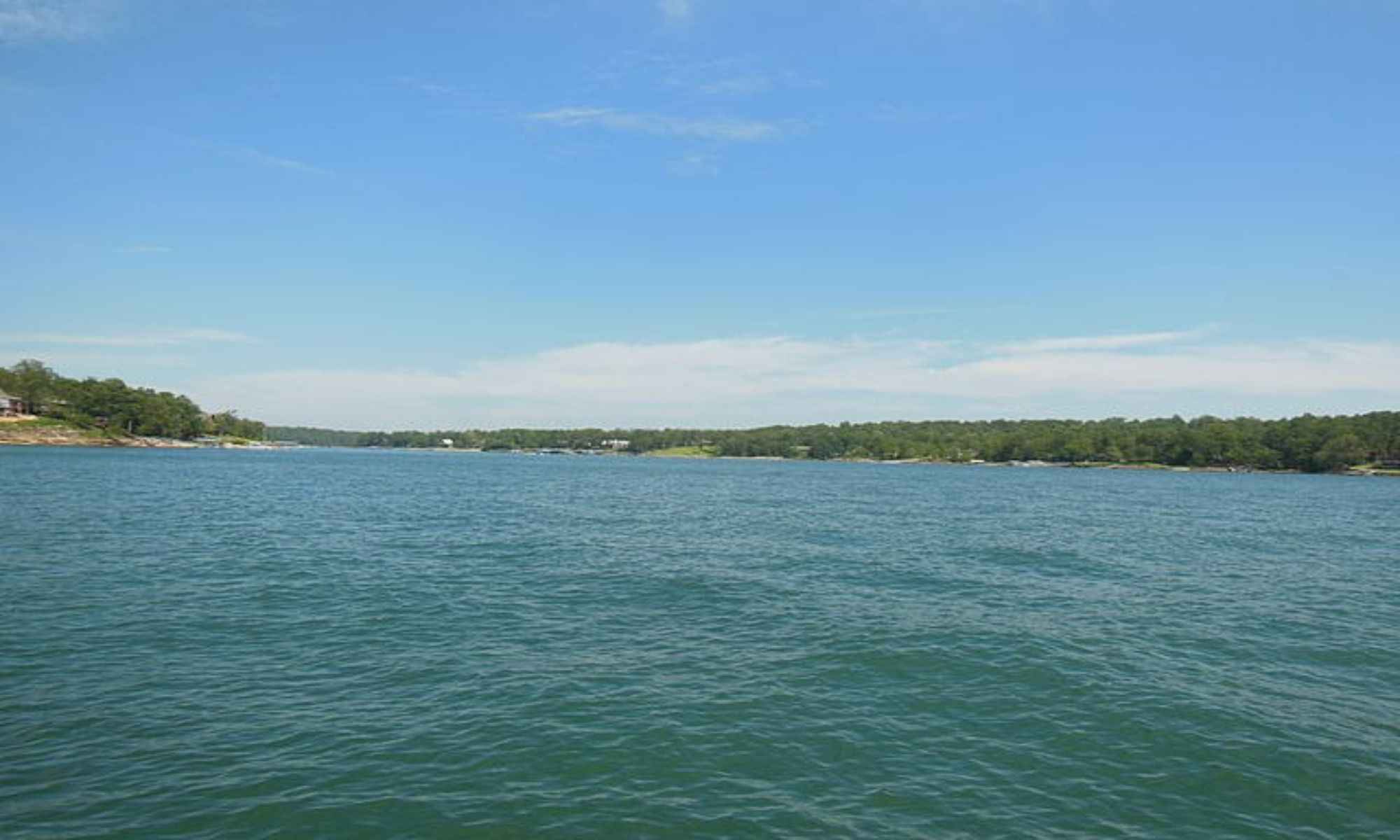Allgood, AL Fishing: An Inviting Environment
Allgood, AL is an inland city that is surrounded by cities with rich waterways. Find out what this city has to offer.

Allgood is a town in southeast Blount County, Alabama, in the north-central section of the state. It is an inland city in Murphree Valley surrounded by Straight Mountain to the Southeast, Red Mountain, and Sand Mountain to the northwest. The community is bisected by Alabama State Route 75, which leads northeast 3 miles to Oneonta, the county seat, and southwest 38 miles to Birmingham.
The town was named after a family of South Carolina homesteaders who arrived in the early 1800s. Others, however, claim that the village's original name, Chepultepec, was changed to "Allgood" in December 1915, maybe in honor of the Battle of Chapultepec during the Mexican-American War. This is because a local lime producer claimed that he wasn't getting repeat business due to the difficulty in spelling the hamlet's name, so he convinced the local postmaster to change the name, giving the village his name of Allgood. In 1959, the town was formally incorporated. It was the first municipality in Alabama to attain Hispanic plurality in 2010.
Allgood may be an inland city, but for those who want to explore lesser-known places in Alabama while on a road trip to a fishing destination, Allgood is the place for you.
Allgood Fishing

Surrounding Allgood is a couple of various water bodies rich in fish only a few miles away from there. Some of these are the Coosa River, Tennessee River, and Smith Lake Park, all located nearby neighboring cities.
The Coosa Valley has a long history, having been dominated by the Muscogee and Cherokee and the Spanish, French, and British, who considered the Coosa and Alabama Rivers the "key to the land." The United States then took up arms to protect Native American claims to the Coosa, finally driving them out and forcing them to claim it as their own, forcing the natives to walk the Trail of Tears before letting them back onto reservations. The steamboat era and King Cotton's decades inspired Popeye the Sailorman.
The Coosa River is a tributary of the Alabama River that flows through Alabama and Georgia. The river runs for about 280 kilometers. The Coosa River begins at the confluence of the Oostanaula and Etowah rivers in Rome, Georgia. It finishes approximately northeast of Montgomery, Alabama, where it joins the Tallapoosa River to form the Alabama River just south of Wetumpka. The Coosa River runs through Alabama for almost 90% of its length. The Coosa River runs through Coosa County, Alabama. Blue catfish, spotted bass, and largemouth bass are common fish species in the Coosa River.
The greatest months to catch blue catfish, spotted bass, and largemouth bass in Alabama are March through June and August through late October. Blue and flathead catfish can be found in deep pits or drop-offs with some stream flowing through them. Flatheads can be caught from fallen trees in 8 to 20 feet of water. You can fish along riprap shorelines, which can also contain a lot of bait.
As for bass, the ideal season to catch trophy-sized bass, especially largemouth bass, is in February, but fish weighing over five pounds can also be caught in March and early April. Anglers can find bass in 5 to 10 feet of water in March, and crankbaits and spinnerbaits are the ideal lures to use. In addition, shad, minnows, and shiners are some of the best live baits for bass. Baitfish come in a variety of sizes and may be utilized in a variety of bass waters, but they are especially effective when targeting large bass in deeper water.
The Tennessee River is the heart of one of the world's largest irrigation and hydroelectric networks and an important waterway in the Southeast. It begins near Knoxville, Tennessee, at the confluence of the Holston and French Broad rivers, and runs south-southwest to Chattanooga, Tennessee. It continues across northern Alabama and bends north on the Alabama-Mississippi border, turning west through the Cumberland Plateau into northeastern Alabama. After a U-shaped 886-mile journey north through Tennessee and Kentucky, it meets the Ohio River near Paducah, Kentucky. The Tennessee River was formerly only navigable by flatboats. Its upper channel was shallow, with numerous short rapids. Its middle section, through the Cumberlands, had whirlpools and was cut short by Muscle Shoals, Alabama. The Tennessee River in Alabama, divided into four reservoirs, provides good fishing for all fishermen. Smallmouth bass, largemouth bass, and blue catfish are among the species found here not seen in other Alabama drainages.
Clear, small to medium-sized streams, rivers, and reservoirs are ideal habitats for smallmouth bass. Rock outcrops, logs, treetops, and artificial riprap barriers are among their favorite underwater constructions. Water temperatures of 59°F to 63°F are ideal for spawning in April and May. Big smallmouth will begin to gather in Alabama reservoirs from November through mid-April, with the peak occurring on bitterly cold days in February and March. Bucktail jigs and curly tail grubs are the best lures for catching smallmouth bass in March.
Lewis Smith Lake is one of Alabama's jewels, like a deep, clear, blue diamond. This 21,200-acre lake in Walker, Winston, and Cullman counties is unlike most Alabama reservoirs. If you're used to fishing in shallow, stained bodies of water, Smith Lake can initially seem scary. It's easy to feel lost when your depth finder jumps to 200 feet or more. As with most lakes, most bass, bluegill, and crappie fishing are done by casting to the numerous huge boulders and fallen trees along the coastline.
Top 10 Fish Species in Allgood, AL
The top ten fish species caught in Allgood, AL, are largemouth bass, bluegill, spotted bass, redear sunfish, white bass, greater amberjack, warmouth, redeye bass, redfish, and yellow bass.
Seasonal Fishing
In general, the months of March, April, and May are ideal for fishing in Alabama. Anglers will better catch crappie, largemouth bass, and bluegill as the water temperatures rise. Because of the state's climate, bass can be caught all year, but the optimum months to catch a trophy are January through May. Alabama hosts several bass competitions on various lakes throughout the state, making it a popular destination for anglers.
Make That Roadtrip to Allgood
1. Book a Fishing Charter
Chartered fishing tours are led by captains who are professional anglers with many years of experience. The captains better understand the waterways than reviews or other resources. The captain will provide essential information and teach you everything you need to know about catching various fish species during your excursion. Even if you're a seasoned angler, there's a chance you'll learn something new. Regardless of your fishing expertise, you can trust that your charter skipper will guide you and ensure that you bring home a large catch.
2. Watch a Film at the Coyote Drive-in
Coyote Drive-In was started in 2011 by four friends who wanted to get away from the rat race and constant connectivity. They envisioned a basic hangout spot for friends and family to escape the chaos. The concept for Coyote Drive-In arose from their search for a relaxing haven. Come, have a cold drink or two while admiring the brilliant stars. Enjoy the laughter while making new memories.
3. Experience That Adrenaline Rush in The Ridge Outdoor Adventure Park
The Ridge Outdoor Adventure Park, sometimes known as "The Ridge," is located in Springville, Alabama, off the usual road. It's a terrific spot to go if you're looking for nonstop outdoor pleasure. The Ridge was primarily an off-road riding facility when it first opened in 2004. Disc golf, ATV rentals, rock climbing, and ziplining are available today at this unusual outdoor activity.


